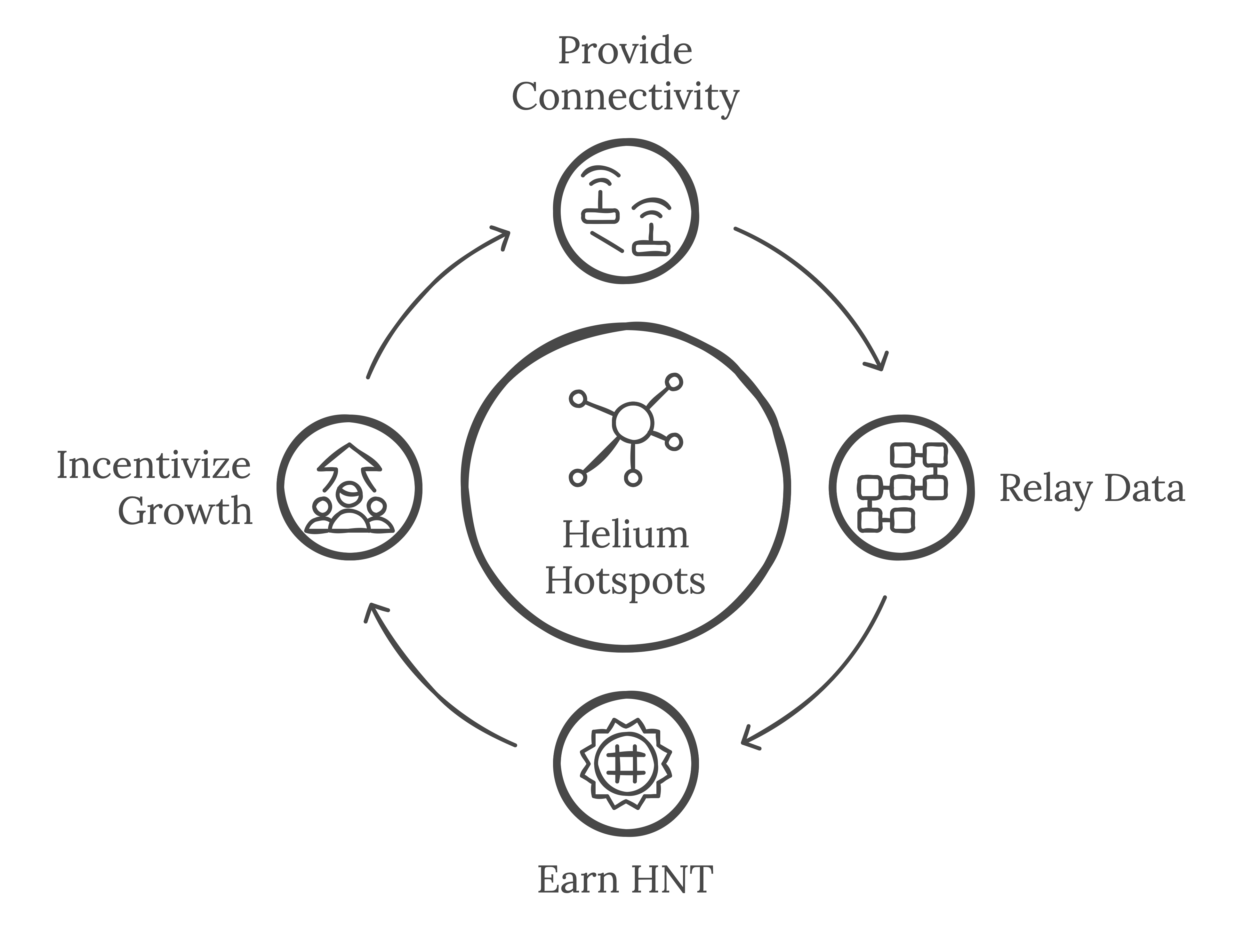Helium: The People's Network

Helium is rethinking how we connect to the internet. Instead of relying on big telecom companies, it has built "The People's Network"—a decentralized, community-powered wireless system. Using blockchain technology and cryptocurrency incentives, Helium allows individuals to set up hotspots that expand the network and get rewarded for it. This approach is challenging traditional models, making wireless coverage more accessible and affordable.
Founded in 2013 by Amir Haleem and Shawn Fanning, Helium was created to solve a problem: there was no widespread, affordable network for low-power devices, such as smart sensors and trackers. Traditional carriers had little incentive to support these devices, which only send small amounts of data. Helium took a different approach. By 2019, it launched a blockchain-powered network that enabled devices to connect without expensive cellular plans or energy-draining satellites. Instead, individuals could buy and set up Helium hotspots to create coverage while earning rewards.
How It Works
Helium hotspots are small devices that act as both network nodes and cryptocurrency miners. They use LongFi, a combination of LoRaWAN and blockchain technology, to provide long-range, low-power connectivity. Unlike Wi-Fi, which has a limited range, LongFi allows small devices—such as air quality sensors or GPS trackers—to send data from miles away. Each hotspot relays this data to the blockchain, creating a decentralized mesh network that grows organically as more people join.
To ensure honesty, Helium uses a system called "Proof of Coverage." This mechanism randomly checks if hotspots are actually providing service in their claimed locations. Hotspots that pass these tests earn Helium Network Tokens (HNT), the network’s cryptocurrency. This model incentivizes real network growth while preventing fraudulent claims. Users are rewarded based on their contribution—hotspots in high-demand areas that transmit more data earn more HNT, ensuring that the network expands in useful ways rather than at random.

The Future of Decentralized Connectivity
Helium started with IoT devices, but it’s expanding. Originally focused on LoRaWAN, the network is now branching into Wi-Fi and 5G. Initially, Helium encouraged users to install 3.5GHz CBRS radios for 5G, but it recently shifted focus to Wi-Fi, which is easier and cheaper to deploy. This change has helped Helium secure partnerships with major telecom providers, including two of the three largest U.S. wireless operators.
The potential applications for Helium’s network are vast. In agriculture, farmers use it to track soil moisture, improving irrigation efficiency. In healthcare, pharmaceutical companies use it to monitor the temperature of medicine shipments. Cities are leveraging it for smart infrastructure, including air quality sensors and intelligent traffic management. The decentralized model significantly reduces costs, making IoT applications more viable across industries.
As traditional telecom costs rise, Helium’s model presents a compelling alternative. By distributing network infrastructure among everyday users, it allows connectivity to expand organically without massive corporate investment. The rise of Decentralized Physical Infrastructure Networks (DePIN) suggests that this model could extend beyond wireless connectivity into other infrastructure sectors.
With thousands of users already participating and major industry players taking notice, Helium is proving that decentralized networks can work at scale. It’s not just an experiment—it’s a vision for the future of connectivity, one that puts power back into the hands of the people. As demand for wireless coverage grows, Helium’s approach could help build the next generation of internet access—one hotspot at a time.